Sawara: A Step Back In Time To An Elegant Old Edo
Canal boats and townscapes straight from an ukiyo-e painting
The traditional streets and shops of Sawara are a great place to get that Edo feeling.
The Edo Period is sometimes said to have been a kind of Golden Age for Japan, but here in the city formerly known as Edo, it’s hard to find much of its material remains. However, take a trip to a small town not far from modern-day Tokyo and you’ll find yourself transported back to an era of elegance and prosperity.
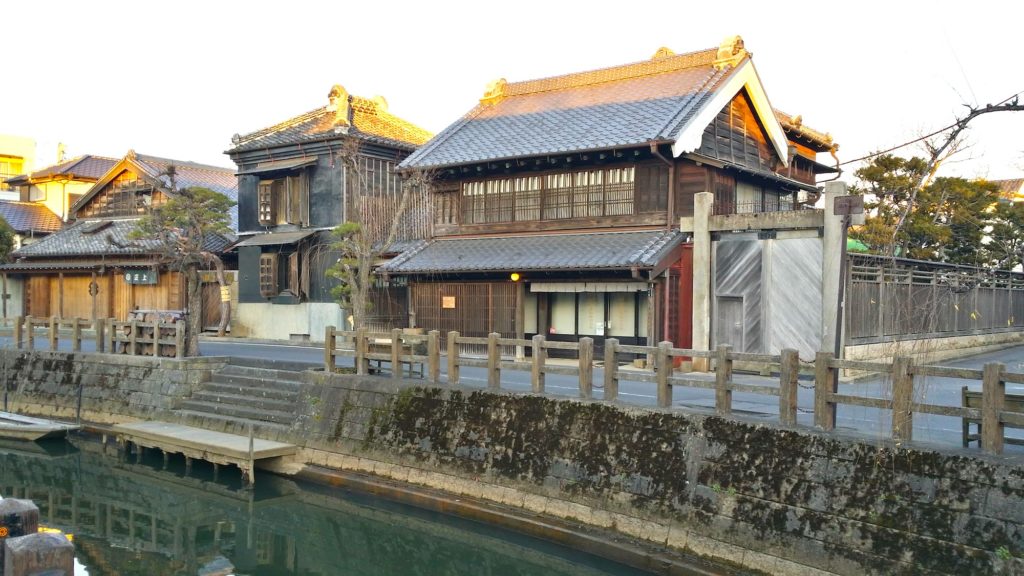
Taking a stroll around Sawara’s canal and streets
“More prosperous than Edo”
Sawara, locally known as koedo or “Little Edo,” is a small step back in time located in Chiba’s Katori city, just an hour and half away from central Tokyo. In the honmachi central area, remarkably well-preserved shops and homes from the late Edo period line a canal where trees gently droop toward the water and visitors stroll across wooden bridges. Small signs outside certain buildings explain in English and Japanese the architectural features or history that make each building noteworthy. For such nostalgia, this slice of Japan has earned a place on the Japan Heritage list.
‘If you want to see Edo, why not visit Sawara? It’s more prosperous than Edo.’
Sawara’s prosperity came about during the time when the waterways that surround the border of Chiba and Ibaraki prefectures were vital for transporting soy sauce, miso and rice from the countryside to the capital. These days, the trading boats of yore have been replaced with little vessels taking visitors up and down the 500-meter stretch of the Ono River. It’s said that people in the Edo period used to say: “If you want to see Edo, why not visit Sawara? It’s more prosperous than Edo.”
Little of that trade happens in Sawara nowadays, and although the town has revived itself as a tourist destination, it is still relatively unknown to non-Japanese — on the day I visit, the only foreign face I see is in the reflective glass of shop windows. No doubt this is partly due to it being the low season, the upside of which is that I get a peaceful morning walk along the nearly empty streets and can let my imagination wander. I examine the sliding wooden doors of old merchant buildings and thick, plastered walls of storehouses.
A mapmaker’s achievement
With the canal boats not yet up and running, my first stop is the former residence of Tadataka Ino, the man who made the first complete (and remarkably accurate) map of the Japanese archipelago in the early 19th century. The residence is a fine example of both the architecture and daily life of this period. The packed-earth entrance and raised tatami flooring of the shopfront connect to the family home, which is small and simple but has the kind of fluidity between outside and inside that I love about traditional Japanese homes: from almost any point, I can see through to the sunlit trees on the other side.
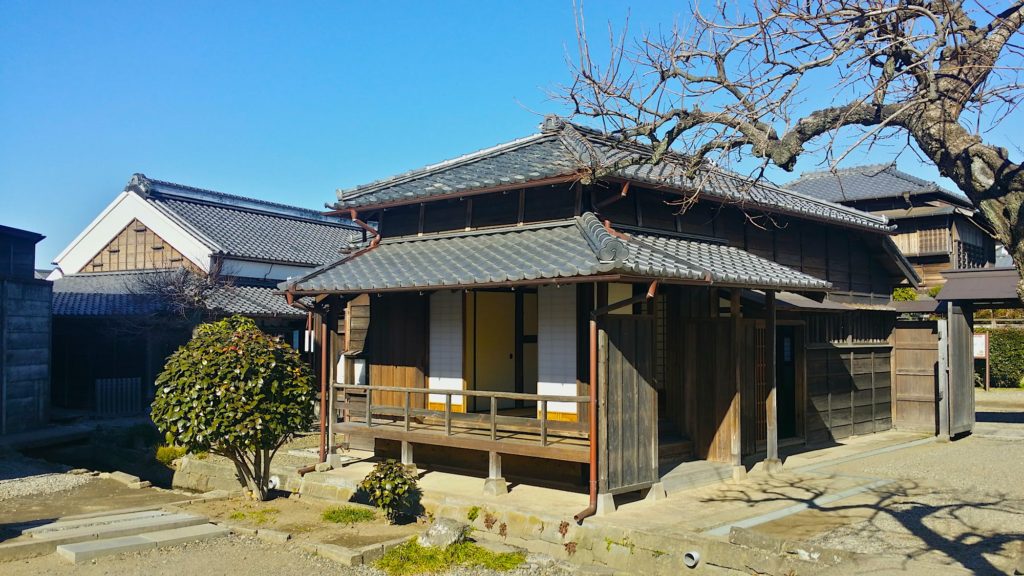
The former residence of Tadataka Ino
In this age of satellite imaging it’s hard to conceive of just how mammoth Ino’s task of mapping the whole country was, but the museum across the road, dedicated to the work of him and his team, makes it clear – years and years of surveying the land from Hokkaido to Kyushu. I’m not much interested in cartography, but the enormous hand-painted maps that take up most of one wall are impressive and captivating.
Boating through history
When I emerge from the museum, the streets are busier and young families are waiting to take their turn on a canal boat. I buy my ¥1,300 ticket with a slight wince and get on board – which, to my surprise, means sticking my legs under a kotatsu. A nice touch. As a woman in traditional garb pushes off and we slide down the river, we get a nice view of the traditional streets from lower down and a spiel about how the canals were used (only in Japanese, though). The trees are unfortunately bare at this time of year, but I imagine that in spring and summer the hanging green branches make the ride extra charming. Various breeds of duck appear, delighting the kids on board. There’s plenty of bird life on the water; on my earlier stroll along the canal I’d watched a white heron snatch two small juicy fish from the water and gulp them down for lunch.
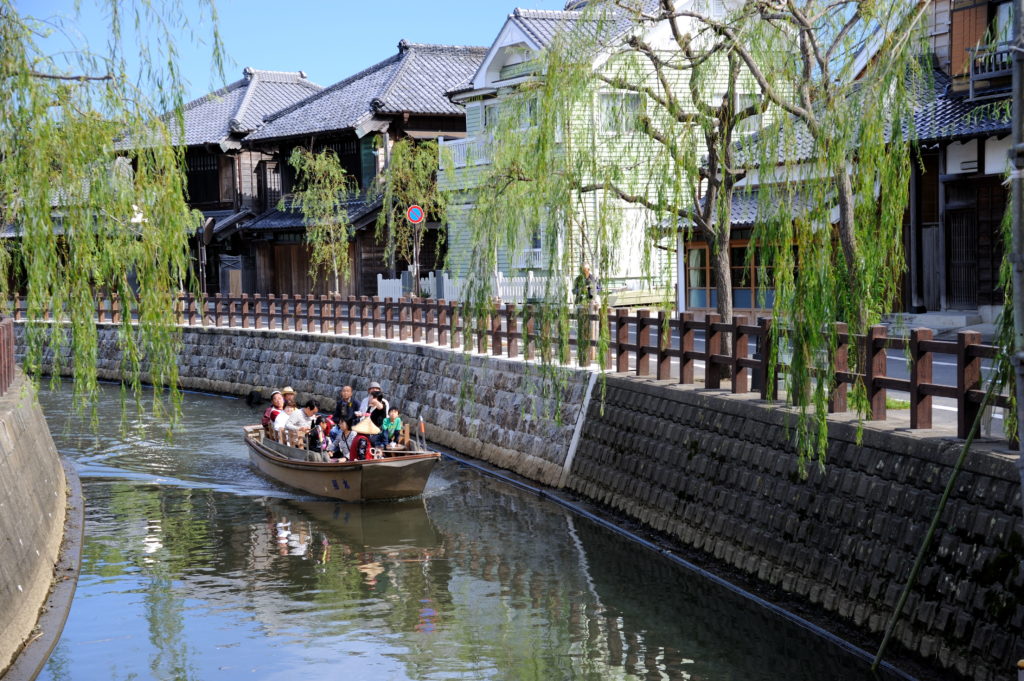 © Photo by JNTO
© Photo by JNTOA summer canal ride in Sawara. Photo credit: JNTO
A taste of elegance
Speaking of lunch, it was time for mine. Unagi eel seems to be a popular local dish, but this being one of the few Japanese foods I don’t like, I give it a miss. There are several elegant restaurants housed in beautiful old folk houses, and while they include Italian, French and Japanese cuisine set in lovely traditional gardens, some are a little out of my budget. Instead, I enjoy a moderately priced bowl of delicious vegetable tempura with beautifully presented sides in a restaurant called Shinobo.
Back on the street, I keep an eye out for another local treat – soy sauce gelato – but it doesn’t make an appearance on this chilly day.
Instead, I take another look around. Admiring the traditional buildings from the street is enjoyable enough, but venturing inside doesn’t disappoint either. Plenty of time can be whiled away in the nearly original shops, allowing you to get a sense of an Edo merchant’s life.

Retro style: You’ll find plenty of small shops along Sawara’s main street
At Fukushin Kimono (where I buy a length of fabric printed in an original Edo design), you can even go into the courtyard behind, where original features such as a blue-painted ceramic toilet that looks too pretty to use and an early wooden “automatic door” can be seen.
On your bike
With the hour of good daylight I have left, I want to visit Katori-jingu Shrine. I pop by the visitor center near Sawara station and hire a bike, then leg it up the road. Although it’s only a 10-minute ride, I am quickly passing farmland and feeling quite far away.
The shrine grounds are pumping with people, presumably making New Year visits, and the long pathway up to the shrine itself is lined with festival stalls in addition to the permanent stone lanterns. The shrine is said to have been established in 43 B.C. Its building is black and the brilliant golds, greens, reds and blues on its facade shimmer in the late afternoon sun.
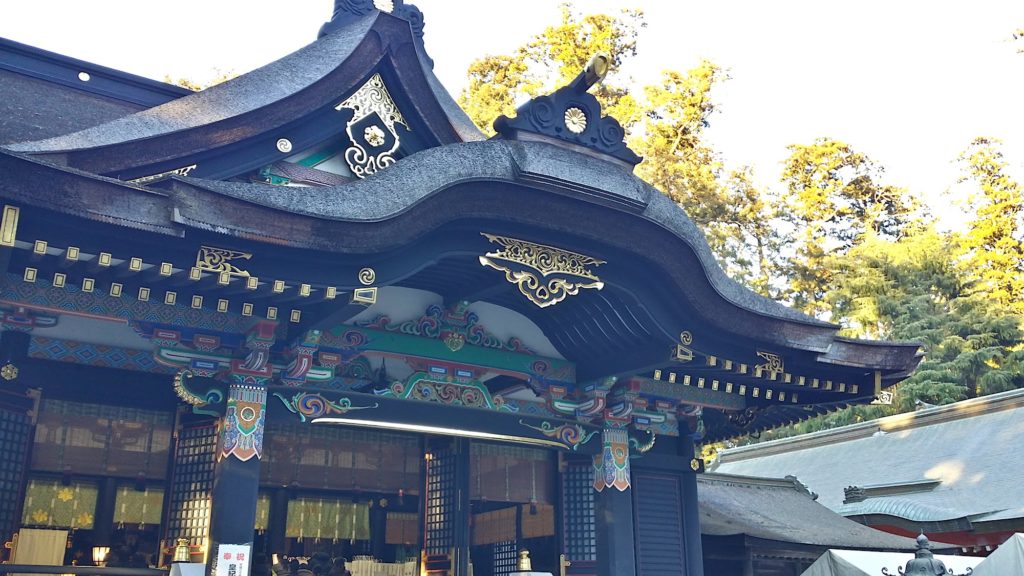
Katori-jingu Shrine
Pulling back into Sawara, I consider making a quick visit to the sake brewery, or the museum housing the gigantic floats that are pulled through the streets during July’s Grand Festival. But they’ll be closing their doors soon and I have to return the bike anyway, so I keep those on the list for a future visit.
As the light fades, the streets get empty and the shops and museums shut their doors, returning this “Little Edo” to the quietness of a time capsule.
Getting there
It takes about 90 minutes by bus from Tokyo Station to Sawara Station. Alternatively, take a train to Narita, then the Narita Line to Sawara Station. The Sawara-honmachi historical area is a 10-minute walk from the station.
There is a tourist information center near the station, and a visitor center in the central area, both of which are staffed with helpful people and plenty of information.













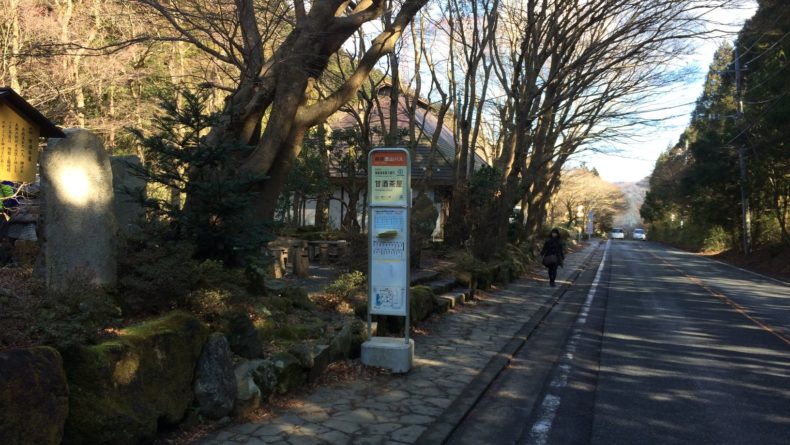
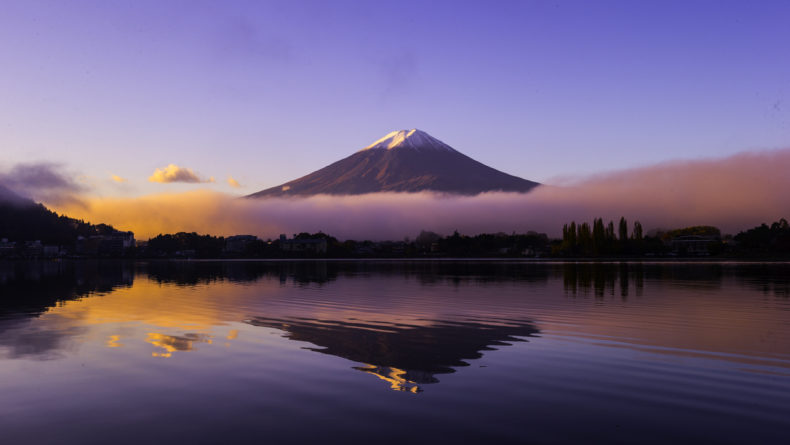
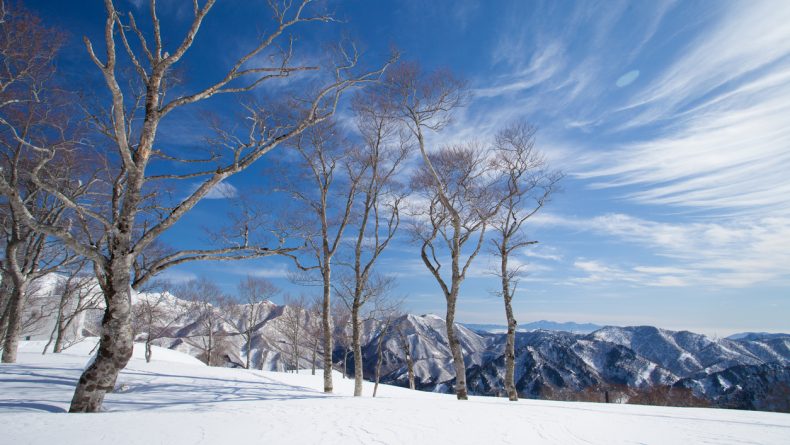
Leave a Reply